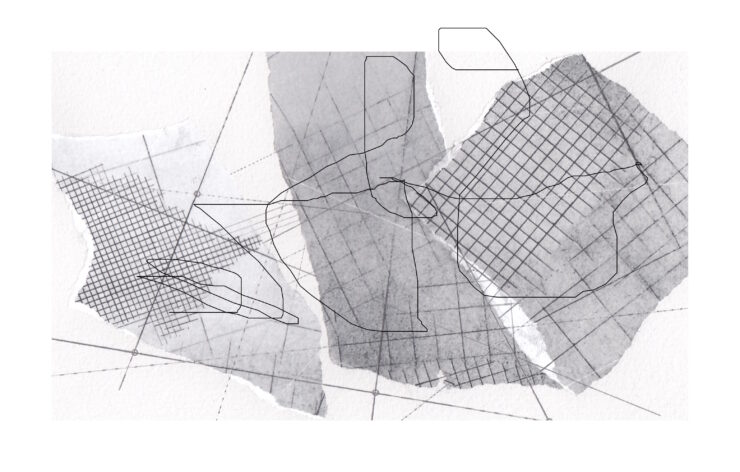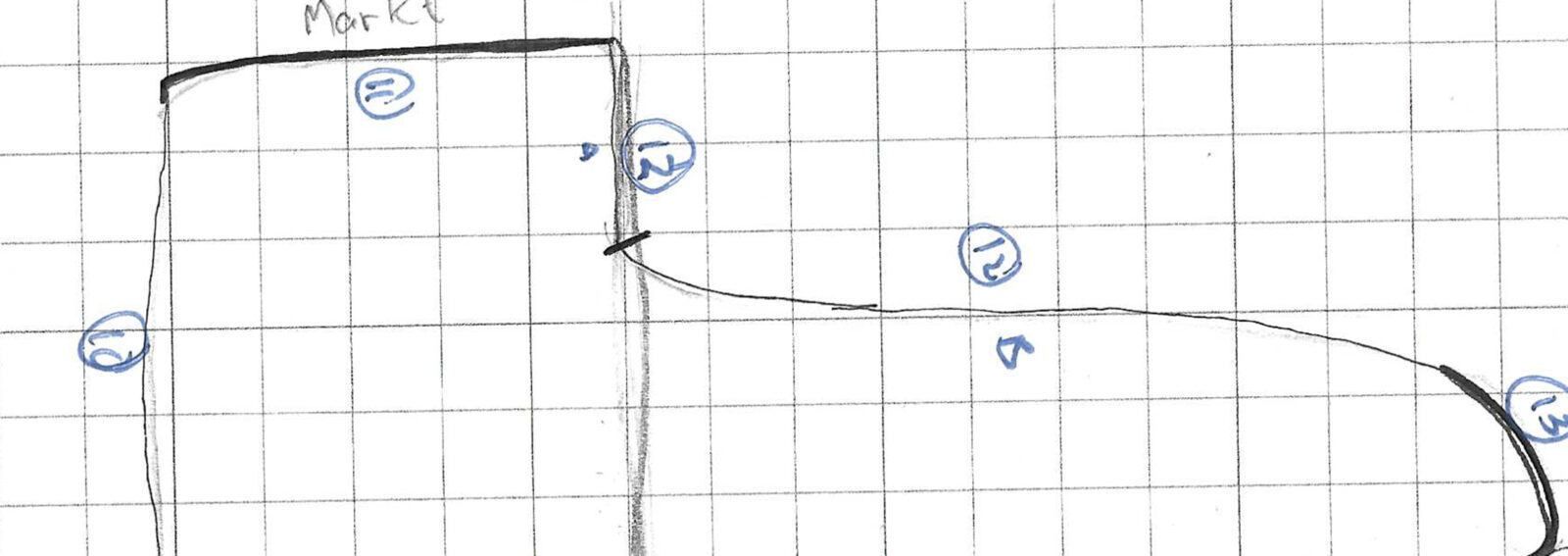About
A transdisciplinary toolkit for mapping and analysing urgent issues around infrastructures in public spaces
In order to allow citizens to engage with, and work collaboratively toward, (more) sustainable urban futures, we need awareness of the infrastructures that co-shape our private and public lives, their interrelations, and one’s own participatory position within these networks. To enable this ‘infrastructural thinking’ and the co-creative processes around it, this project develops a transdisciplinary toolkit for creative urban methods. As a seed money project for the Tranforming Infrastructures for Sustainable Cities hub, we aim to create a robust methodology for research into (futures for) sustainable urban infrastructures through a productive exchange between the social sciences, geosciences and the humanities.
(In)visible Infrastructures
On ‘street level’ one hardly notices the infrastructural networks that have an impact on our experiences and wellbeing, enable us to live, work and move around in the contemporary urban environment. However, when it comes to contemporary urban challenges around sustainability, participation in public life and collaborative city making will only take place when urbanites are aware of, and have insight in the functioning of, the networks they are part of. To develop this infrastructural thinking in such a way that urbanites themselves can be productively engaged with these challenges, we need a well-developed transdisciplinary methodology. The unique feature of transdisciplinarity consists of bringing together academic and expert, as well as lay people’s knowledges.

image by Emma McNally
Creative Methods
Today, both in academia and urban planning, the interest in creative urban research methods for fostering transdisciplinary exchange increases. Creative methods are highly appropriate for participatory, community-, and action-based research and productive as to bringing together different perspectives. Moreover, they value contextual specificity and can provide access to emotional and symbolic aspects of people’s experiences not easily accessed by mainstream methods. In order to challenge and question contemporary urban infrastructures and to facilitate the awareness and insights that enable a grounded actionability of researchers and citizens, this project explores three types of creative methods: performative methods, mapping methods, and making methods. All share a perspective toward spatiotemporal and relational structures of urban environments, dynamics of change, and forms of mobility, and have a phenomenological emphasis on embodied experiences of the (citizen/expert/academic) researcher.
In a series of workshops organised in collaboration with local Utrecht-based cultural organisations, already existing creative methods developed in various contexts within Utrecht University will be developed, fine-tuned and adapted for implementation. As project outcomes, an online toolkit with a didactic plan and a book publication are intended to be implemented in academic research and teaching, as well as in other contexts, for various agendas of a diversity of urban stakeholders, such as policy makers, cultural institutions, and citizen-led initiatives.
Collaboration
This project brings together ongoing urban and creative research in the social sciences, geosciences, and the humanities at Utrecht University. The project is initiated by Nanna Verhoeff, Sigrid Merx, and Iris van der Tuin from the Faculty of Humanities, Irina van Aalst from the Faculty of Geosciences, and Martijn Oosterbaan from the Faculty of Social Sciences. The researches collaborate with various partners in the cultural sector in Utrecht and beyond.

